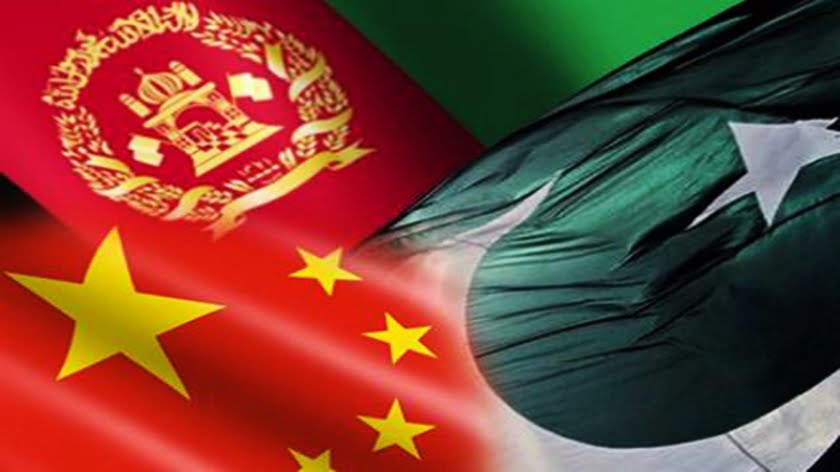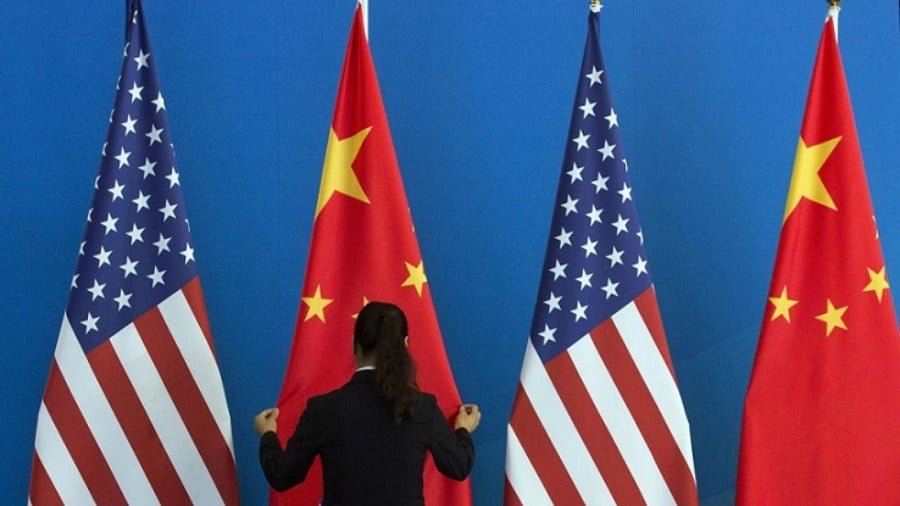A Game-Changing Sino-Pak Proposal for the Afghan Peace Process
The time has arrived for China and Pakistan to take the lead in reviving the frozen Afghan peace process and replacing the US’ leading role in it by unveiling a joint developmental plan to be implemented in the war-torn country following the end of its long-running conflict there in order to incentivize all parties to return to the table, with the proposed vision being to integrate the land-locked state into the larger Belt & Road Initiative (BRI) through CPEC+ and then potentially involve the rest of the broader Eurasian region in this emerging multipolar framework.
***
With the news that the US is instrumentalizing its developmental aid to Afghanistan as leverage over its increasingly unpopular government in the aftermath of Trump unexpectedly freezing the peace process following a recent Taliban attack in Kabul, the timing couldn’t be more perfect for China and Pakistan to take the lead in reviving the stalled talks by unveiling their own joint developmental plan to be implemented in the war-torn country once its long-running conflict finally ends. The US has lost all its credibility with both the Kabul government and the Taliban, while Pakistan’s has risen as a result of its sincere efforts to facilitate the nine rounds of negotiations that took place between the armed group and the US over the past year. Meanwhile, China’s reputation has always been well regarded among all players in Afghanistan because of its neutrality and commitment to advancing purely economic interests there. With these factors in mind, the moment has arrived for these two “iron brothers” to team up in replacing the US’ role in this process by dangling the enticing carrot of developmental benefits in order to encourage all parties to return to the talks out of the shared interest in achieving a sustainable solution to their people’s perennial impoverishment after the war is over.
China has invested over $60 billion in the China-Pakistan Economic Corridor (CPEC), the flagship project of its Belt & Road Initiative (BRI), and it’s possible to extend this transnational connective infrastructure project throughout the rest of the region via the CPEC+ corridors, thus making Pakistan the global pivot state for shaping the emerging Multipolar World Order in the Eastern Hemisphere through the construction of the Golden Ring of Great Powers between itself, China, Iran, Turkey, and Russia. Iranian media just recently reported that China opened up a $400 billion credit line to the Islamic Republic (importantly not to be confused with an earlier report alleging something similar but also with the fake news addition of supposed Chinese bases there too), which when combined with the Iranian Ambassador to India’s proposal for building a CPEC-parallel gas pipeline to China (E-CPEC+), greatly increases the odds that Iran will strategically reorientitselfeastward in response to the recent pressure being put upon it in the Mashriq. While Iran might inevitably integrate with CPEC (both the original version through W-CPEC+ and its E-CPEC+ one), it’s also naturally casting its eyes on neighboring Afghanistan as well, yet lacks the funds to invest there as much as would be needed.
Russia is also interested in expanding its strategic footprint in Afghanistan as evidenced by its active diplomatic efforts in hosting the Taliban for peace talks, yet it too lacks the necessary funds to actualize its connectivity dream of building the RuPak Railway as part of what would then be regarded from the Pakistani perspective as N-CPEC+ due to its ongoing systemic economic transition of investing upwards of $400 billion in the “Great Society“/”National Development Projects“. Therefore, both it and Iran would greatly benefit if China and Pakistan jointly proposed a developmental plan for Afghanistan that involves a combination of Beijing-backed grants and loans for rebuilding its destroyed infrastructure and connecting it to the CPEC+ corridors that form the most important component of BRI. In fact, the very unveiling of such an ambitious proposal could not only encourage the Afghan parties to return to the talks in order to clinch a deal as soon as possible so as to tap into those development funds, but it would also motivate Russia and Iran to do their part in facilitating this as well through their various in-country partners, with the end result being that the frozen peace process could quickly thaw if the nascent Moscow talks possibly come to replace the discredited Doha ones with Tehran’s tacit help.
China would be responsible for this unexpected diplomatic success because the entire series of events would be catalyzed by its generous promises of developmental aid, while Pakistan could immediately get to work coordinating its N-CPEC+ projects with Afghanistan, the Central Asian Republics, and Russia. Iran, for its part, could also start talking with its Afghan partners about the best way to integrate their bilateral and multilateral (through the CPEC+ framework) integrational visions, thus infusing the currently pessimistic peace process with a renewed optimism for what the future could hold for every responsible stakeholder if a deal is ultimately clinched for ending the conflict. The scenario elaborated on in this analysis would therefore be nothing short of a paradigm change for the entire region, with the game-changing reactivation of talks leading to an eventual win-win outcome that strengthens multipolarity in this strategic trans-regional space and creates credible opportunities for the Afghans to earn a respectable livelihood after the war by playing a key role in this emerging trade network between some of the world’s largest and most promising economies. Should this blueprint be formally proposed, then China could replace the US as the one in control of the peace dynamics.
By Andrew Korybko
Source: One World







